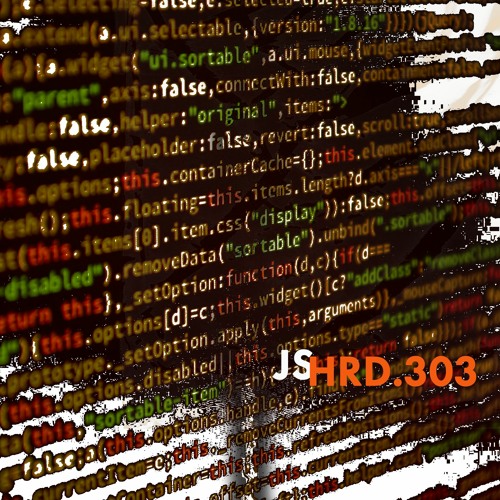

So they do need germline testing based on a high quality panel. You will miss some germline tumors if you rely on Foundation Medicine or Caris Life Sciences. I think it’s important to understand that you cannot always rely on the sequencing to look for germline tumors. It doesn’t really predict in recurrent disease, after exposure to PARP sensitivity. So if you’ve got a patient on a PARP inhibitor, they grow through the PARP inhibitor, they’re now resistant, the HRD assay is of no use because the scar remains. The final point I would make is because you’re looking at what’s called a genomic scar, the loss of heterozygosity, that’s permanent. So we’re going to be seeing physicians using these assays more and more. And I think the ESMO presentations really reinforced it. I don’t use them that much, but my colleagues do and they certainly correlate with an increased benefit from PARP inhibitors. The Myriad assay adds something called telomeric imbalance to it and also large-scale transitions, which are just other measures of damaged DNA. And the basis of that is that presumably if you have a tumor that has homologous recombination problems, you’re going to lose a lot of pieces of DNA. And they’re based upon looking for loss of heterozygosity within the tumor. But you should be aware that there are at least 2 HRD assays, 1 by Foundation Medicine, 1 by Myriad Genetics. I want to look for Fanconi genes and their mutations. Full disclosure, I’m still a sequencing kind of guy. Michael Birrer, MD, PhD: This is an important topic, particularly after the ESMO clinical trial presentations. Mike, you want to talk about that a little bit?

But then there’s this conversation about HRD and then HRD testing. Maurie Markman, MD: We talked about BRCA mutations, which it is increasingly understood that getting testing for BRCA1, BRCA2 is highly relevant. Key opinion leaders discuss the importance of HRD testing, with special consideration of tissue testing versus somatic testing.


 0 kommentar(er)
0 kommentar(er)
